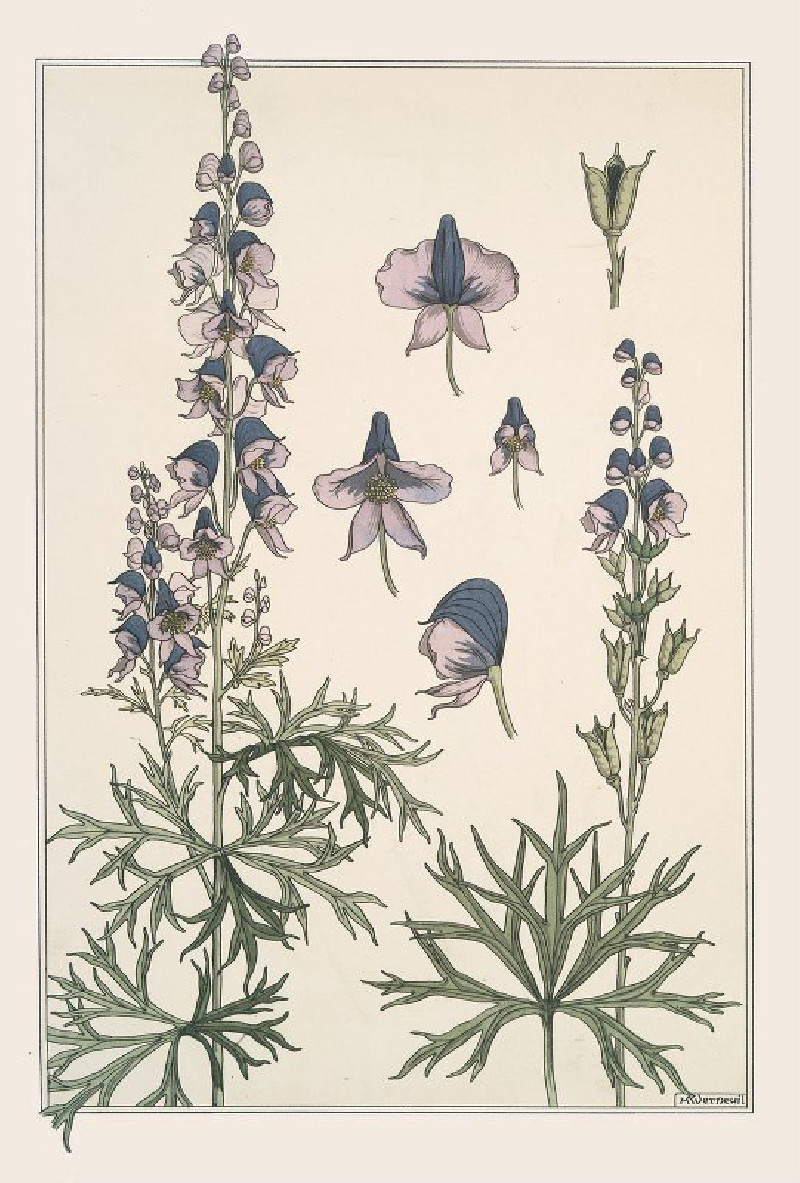Cytises et Digitales (1898)
Technique: Giclée quality print
Recommended by our customers
More about this artwork
Welcome to a delightful glimpse into the world of Art Nouveau as expressed by Maurice Pillard Verneuil in his captivating painting titled "Cytises et Digitales" (1898). This enchanting artwork epitomizes the essence of the era with its harmonious interplay of nature and human figures, all rendered in a stylized yet fluid form.At the heart of the painting, we find a poised figure, a woman draped in a sumptuously patterned yellow gown that is adorned with hints of nature’s own designs. Her hair is elegantly styled to complement the organic forms surrounding her, echoing the intertwining foliage that serves as a backdrop. She stands amidst a lush array of golden cytises (laburnum trees) and towering spikes of digitalis (foxgloves), both known for their striking beauty and inherent grace.The woman appears absorbed in a moment of serene contemplation or perhaps silent communion with the nature around her. Her hands gently raised and her eyes closed, she seems to be sensing the fragrance or the very soul of the blossoms that envelop her. This interaction between human and flora is depicted with gentle curves and soft colors, evoking a sense of peace and introspection.Verneuil's use of muted yet rich tones and the distinct, linear qualities typical of Art Nouveau contribute to the overall tranquil and dreamlike atmosphere of the painting. The stylization of the plants and the rhythmic patterning on the woman’s dress harmonize to create a visual poetry that is both calming and aesthetically pleasing."Cytises et Digitales" not only showcases Verneuil’s mastery of art and design but also invites viewers to step into a world where beauty and nature converse in silent whispers, offering a retreat from the haste of everyday life.
Delivery
Returns
Maurice Pillard Verneuil was a French artist and decorator in the Art nouveau movement. He was born in Saint-Quentin, France. Maurice Pillard Verneuil learned his trade from the Swiss designer Eugène Grasset. Maurice Pillard Verneuil then went on to become a well-known artist and designer. He was inspired by Japanese art and nature, particularly the sea. He is known for his contribution to the art deco movement and, in particular, his use of bold, floral designs in ceramic tiles, wallpapers and other furnishing textiles.














































